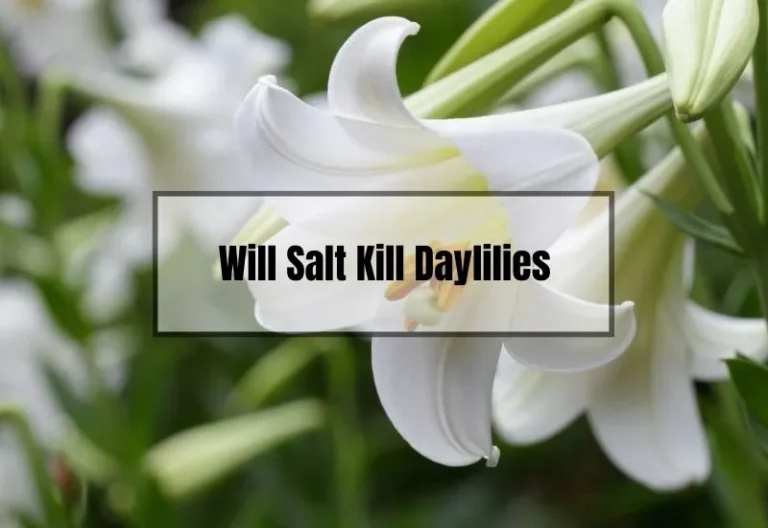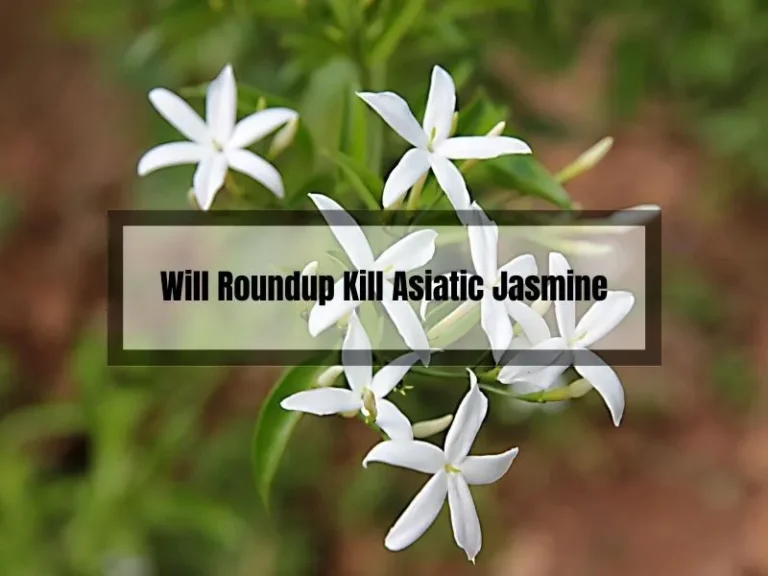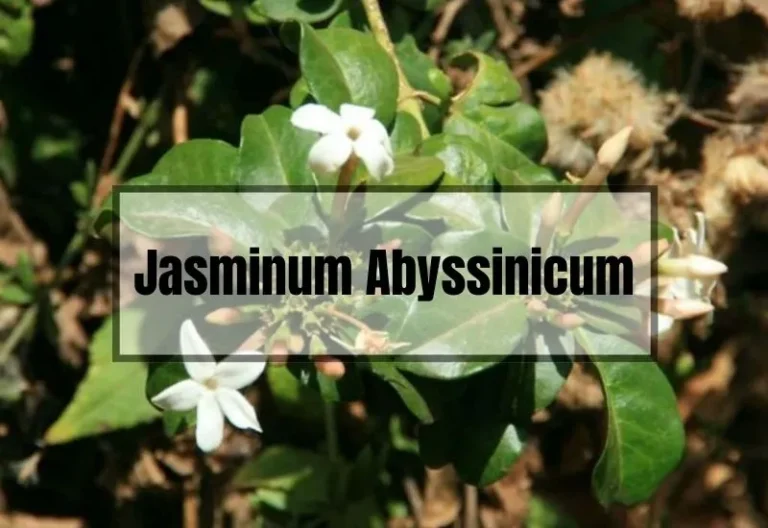Cabbage Rose: A Beautiful and Fragrant Addition to Your Garden
Welcome to the world of roses! If you love roses, you’ve likely encountered the Cabbage Rose, also called Rosa Centifolia. This popular flower boasts delicate blooms and a captivating fenugreek scent, making it a centuries-old favorite.
The Cabbage Rose is believed to have originated in the Middle East and arrived in Europe during the Crusades. Dutch breeders developed it in the 17th to 19th centuries, possibly earlier. It’s also known as the Provence Rose, Cabbage Rose, and Rose de Mai, reflecting its Dutch roots and French popularity as the “Rose of May.”
This article covers the Cabbage Rose’s history, origin, and care tips, catering to both seasoned gardeners and beginners. Let’s delve into the world of the Cabbage Rose!
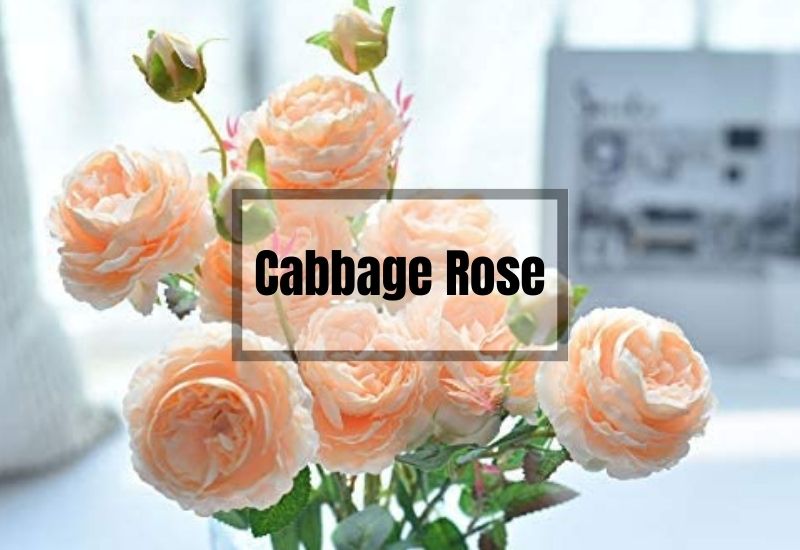
Cabbage Rose
If you’re a fan of roses, you might have come across the Cabbage Rose. This beautiful rose is a member of the Centifolia family, known for its large, full blooms and strong fragrance. In this section, we’ll explore the history and types of Cabbage Roses.
History
The Cabbage Rose, also known as Rosa × centifolia, has a long and interesting history. It is believed to have originated in the Middle East and was brought to Europe during the Crusades.
It became popular in France during the 18th century and was used to make perfume and rosewater. In fact, it was so popular that it was known as the “Rose of Provence” and the “Rose of May.”
Types
There are several types of Cabbage Roses, each with its own unique characteristics. Here are a few of the most popular types:
- Centifolia: This is the classic Cabbage Rose, known for its large, full blooms and strong fragrance. It comes in shades of pink, white, and red.
- Fantin-Latour: This Cabbage Rose has large, pale pink blooms with a strong fragrance. It is named after the French painter Henri Fantin-Latour, who often included it in his still-life paintings.
- Paul Ricault: This Cabbage Rose has deep pink blooms with a strong fragrance. It was named after the French rose breeder Paul Ricault.
- Tuscany Superb: This Cabbage Rose has deep red blooms with a strong fragrance. It is a very old variety, believed to have originated in the 16th century.
Cabbage Roses are a beautiful addition to any garden. They are easy to care for and will reward you with beautiful blooms throughout the summer. Whether you’re a seasoned gardener or just starting out, the Cabbage Rose is definitely worth considering.
Cultivation and Care
Growing and caring for cabbage roses can be a rewarding experience for any gardener. With their delicate blooms and enchanting scent, these roses have been a popular variety for centuries.
Here are some tips and tricks to help you cultivate and care for your cabbage roses.
Planting
When planting cabbage roses, it is important to choose a location that receives at least six hours of direct sunlight and has good air circulation.
The soil should be well-drained and rich in organic matter. It is recommended to plant cabbage roses in the fall or early spring.
Watering
Watering is crucial for the success of your cabbage roses. Water your plants frequently and deeply for the first year to develop deep, healthy roots. Morning waterings are best, as wet leaves in the evening can provide ideal conditions for diseases.
Avoid getting water on the leaves, as this can cause fungal diseases. During the summer months, make sure to water your cabbage roses regularly, especially during periods of drought.
Pruning
Pruning is an essential part of caring for cabbage roses. Prune your roses in late December or early January before bud break. Remove any dead or diseased canes, as well as any canes that cross or rub against each other.
This will help promote new growth and ensure that your cabbage roses stay healthy and vibrant.
Fertilizing
Fertilizing your cabbage roses can help promote healthy growth and beautiful blooms.
Use a balanced fertilizer in the spring, after the last frost, and again in mid-summer. Follow the instructions on the package carefully, as over-fertilizing can cause damage to the plant.
Pest and Disease Control
Cabbage roses are susceptible to a variety of pests and diseases, including aphids, spider mites, and black spot. Inspect your plants regularly for any signs of infestation or disease.
If you notice any problems, treat them immediately using organic or chemical methods. Always follow the instructions on the label carefully, and wear protective clothing and gloves when handling chemicals.
By following these tips and tricks, you can cultivate and care for your cabbage roses and enjoy their beauty and fragrance for years to come.
Common Problems and Solutions
Cabbage roses are a beautiful addition to any garden, but they are not without their challenges. Here are some common problems you may encounter when growing cabbage roses and how to solve them.
Problem: Powdery Mildew
Powdery mildew is a fungal disease that can affect cabbage roses. It appears as a white, powdery substance on the leaves, stems, and flowers of the plant. If left untreated, it can cause the leaves to yellow and fall off, stunting the growth of the plant.
Solution: To prevent powdery mildew, make sure your cabbage roses are planted in an area with good air circulation and plenty of sunlight. Water the plants at the base to avoid getting the leaves wet. If powdery mildew does appear, remove the affected leaves and spray the plant with a fungicide.
Problem: Black Spot
Black spot is another fungal disease that can affect cabbage roses. It appears as black spots on the leaves and can cause them to yellow and fall off. It is most common in humid conditions.
Solution: To prevent black spot, make sure your cabbage roses are planted in an area with good air circulation and plenty of sunlight. Water the plants at the base to avoid getting the leaves wet. If black spot does appear, remove the affected leaves and spray the plant with a fungicide.
Related Post: Does Neem Oil Kill Black Spot on Roses? Find Out Here!
Problem: Aphids
Aphids are small insects that can infest cabbage roses. They suck the sap from the leaves and can cause them to curl and turn yellow. They also excrete a sticky substance called honeydew that can attract other pests and fungi.
Solution: To prevent aphids, spray your cabbage roses with a strong jet of water to knock them off the plant. You can also introduce natural predators like ladybugs or lacewings to eat the aphids. If the infestation is severe, you can use an insecticidal soap or neem oil to kill the aphids.
Problem: Poor Soil
Cabbage roses prefer well-draining soil that is rich in organic matter. If the soil is too compacted or lacks nutrients, the plant may not grow properly.
Solution: To improve the soil, add compost or aged manure to the planting area. You can also use a balanced fertilizer to provide the plant with the nutrients it needs to grow. Make sure the soil is well-draining to prevent waterlogged roots.
Problem: Improper Pruning
Pruning is important for maintaining the shape and health of cabbage roses. If the plant is not pruned properly, it can become overgrown and prone to disease.
Solution: Prune your cabbage roses in the early spring before new growth appears. Remove any dead or diseased wood, as well as any crossing or rubbing branches. Cut back the remaining branches by about a third to encourage new growth and a bushy shape.
By following these solutions, you can prevent and solve common problems that may arise when growing cabbage roses. With a little care and attention, your cabbage roses will thrive and provide you with beautiful blooms all season long.
Is Cabbage Rose Edible?
Cabbage Rose, also known as Rosa centifolia, is a captivating flower that has been used in various ways for centuries. While it is not as widely used as other edible flowers, Cabbage Rose petals can be added to culinary creations for both flavor and visual appeal.
Culinary Uses
The petals of Cabbage Rose have a sweet, floral taste that can add a unique flavor to dishes.
They are occasionally used in salads, desserts, and even as a garnish for cocktails. The petals can be used fresh or dried, but it’s important to note that the flavor can vary depending on the age of the petals.
Nutritional Value
Cabbage Rose petals are not only used for their flavor, but they also have some nutritional value.
They are a good source of vitamin C and antioxidants, which can help boost the immune system and protect the body from damage caused by free radicals.
Precautions
While Cabbage Rose petals are generally safe to eat, it’s important to note that some people may have an allergic reaction to them.
It’s recommended to start with a small amount and monitor for any adverse reactions. Also, make sure to only consume petals from organically grown roses, as commercially grown roses may have been treated with pesticides.
How to Propagate Cabbage Rose?
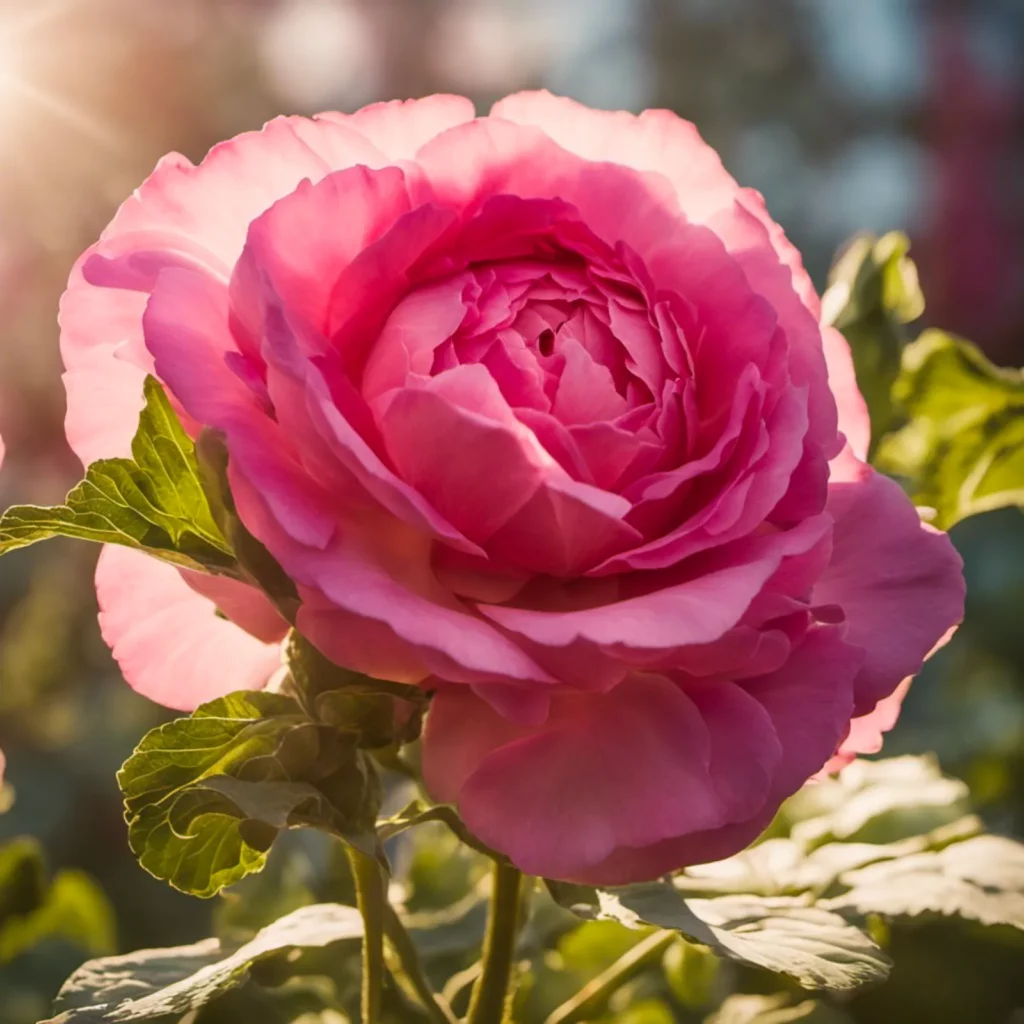
Propagating Cabbage Rose is a great way to expand your garden or share your love for this beautiful flower with others. There are two main ways to propagate Cabbage Rose: by cuttings or by layering. Here’s how to do it:
Propagating by Cuttings
- Choose a healthy stem: Look for a stem that is about 6 inches long and has a few leaves on it. Make sure it’s healthy and disease-free.
- Cut the stem: Use a sharp, clean pair of pruning shears to cut the stem at a 45-degree angle. Make sure the cut is clean and not jagged.
- Remove the leaves: Strip the leaves from the bottom half of the stem. This will help the cutting focus on growing roots instead of supporting leaves.
- Dip in rooting hormone: Dip the cut end of the stem in rooting hormone. This will help the cutting grow roots faster.
- Plant the cutting: Plant the cutting in a well-draining soil mix. Make sure the soil is moist, but not too wet. Cover the pot with a plastic bag to create a greenhouse effect.
- Wait for roots to grow: It can take several weeks for roots to grow. Keep the soil moist and make sure the cutting gets plenty of indirect light.
- Transplant the cutting: Once the cutting has grown roots and is established, you can transplant it to a larger pot or directly into the ground.
Propagating by Layering
- Choose a healthy stem: Look for a stem that is low to the ground and has a few leaves on it. Make sure it’s healthy and disease-free.
- Bury the stem: Bury the stem in the soil, leaving the top few inches exposed. You can use a small rock or piece of wire to hold the stem in place.
- Wait for roots to grow: It can take several weeks for roots to grow. Keep the soil moist and make sure the stem gets plenty of indirect light.
- Cut the stem: Once the stem has grown roots, cut it from the parent plant. Make sure to cut it cleanly and not damage the roots.
- Transplant the new plant: You can now transplant the new plant to a larger pot or directly into the ground.
Propagating Cabbage Rose can be a rewarding and fun experience. With a little patience and care, you can grow your own beautiful Cabbage Rose plants.
Where Can Cabbage Rose Be Planted?
Cabbage roses are a versatile plant that can be grown in a variety of locations. They are hardy and can withstand cold temperatures, making them a great choice for gardens in colder climates. Here are some places where you can plant cabbage roses:
1. Garden Beds
Cabbage roses can be planted in garden beds in full sun. They prefer well-drained soil and can benefit from a layer of mulch to help retain moisture.
2. Containers
Cabbage roses can also be grown in containers, which makes them a great choice for small gardens or balconies. Make sure to choose a container that is large enough to accommodate the plant’s root system, and use a well-draining soil mix.
3. Along Fences and Walls
Cabbage roses can be trained to grow along fences and walls, which can create a beautiful and fragrant display. Make sure to provide support for the plant, such as a trellis or wire frame, and prune regularly to keep the plant in shape.
4. Cottage Gardens
Cabbage roses are a popular choice for cottage gardens, which are characterized by their informal and romantic style. They can be combined with other traditional garden plants, such as peonies and delphiniums, to create a charming and colorful display.
5. Formal Gardens
Cabbage roses can also be used in formal garden designs, where their classic beauty and elegance can be showcased. They can be planted in rows or hedges, or used as a focal point in a garden design.
Overall, cabbage roses are a versatile and beautiful plant that can be grown in a variety of locations. Whether you have a small balcony or a large garden, there is a place for cabbage roses in your landscape.
Frequently Asked Questions (FAQs)
Why Is My Cabbage Rose Not Blooming?
If your Cabbage Rose is not blooming, there could be a few different reasons. One common reason is that the plant is not getting enough sunlight.
Cabbage Roses need at least six hours of direct sunlight per day to produce blooms. Another reason could be that the plant is not getting enough water.
Make sure you are watering your Cabbage Rose deeply and consistently, especially during hot and dry weather. Over-fertilization can also cause a lack of blooms, so be sure not to overdo it with the fertilizer. Finally, some Cabbage Rose varieties may simply bloom less frequently than others.
How Often Should I Water My Cabbage Rose?
Cabbage Roses prefer consistently moist soil, so it’s important to water them regularly. During the growing season, aim to water your Cabbage Rose deeply once a week, or more frequently if the weather is hot and dry.
Water at the base of the plant, rather than from above, to help prevent disease. Be sure not to overwater, as this can lead to root rot. In the winter, when the plant is dormant, water sparingly to avoid waterlogged soil.
How to Prune Cabbage Rose?
Pruning your Cabbage Rose is important for maintaining the health of the plant and promoting new growth. The best time to prune is in the late winter or early spring, before new growth appears. Start by removing any dead or diseased wood, cutting back to healthy wood.
Then, remove any thin or weak branches, as well as any branches that are crossing or rubbing against each other. Finally, cut back the remaining branches to about half their height to encourage new growth. Be sure to use clean, sharp pruning shears to prevent disease.
What Soil Is Best for Cabbage Rose?
Cabbage Roses prefer well-draining soil that is rich in organic matter. A soil pH between 6.0 and 7.0 is ideal. If your soil is heavy or clay-like, amend it with compost or other organic matter to improve drainage.
Cabbage Roses also benefit from a layer of mulch around the base of the plant to help retain moisture and keep the soil cool. Avoid planting Cabbage Roses in areas with poor drainage or standing water, as this can lead to root rot.
Conclusion
Cabbage roses are sturdy and visually appealing plants that can enhance the aesthetic of any garden with their vibrant colors and pleasant fragrances. While we’ve discussed their care and maintenance, it’s also important to consider the environment in which these roses will live.
If you have pets at home, specifically cats, you might be wondering, are roses toxic to cats? By clicking on the link, you will be directed to another one of our articles that discusses this topic in depth.
It is important to carefully select the appropriate cultivar, choose a suitable location for planting, properly dig the hole for planting, regularly water and fertilize the plant, prune any diseased or dead canes, add a layer of mulch during the winter, and frequently inspect the plant for any indications of pests or diseases.
By taking proper care of the cabbage roses, they will continue to thrive and produce beautiful blooms year after year.
Related Posts:



